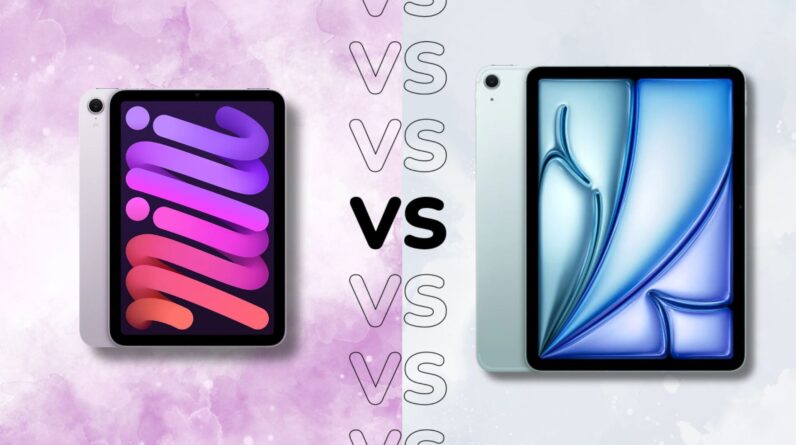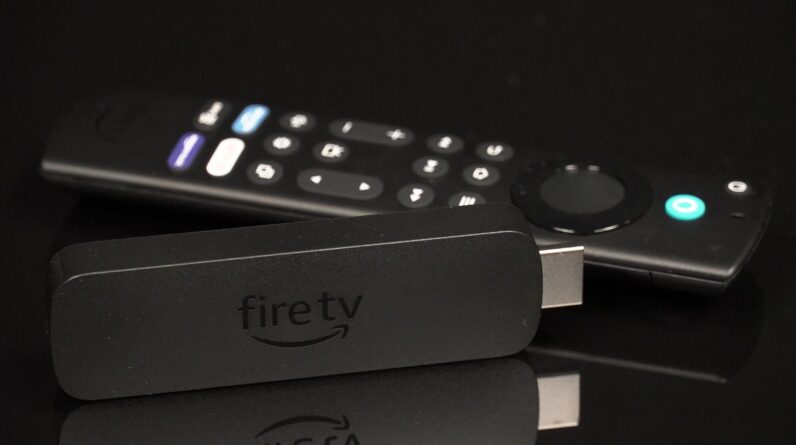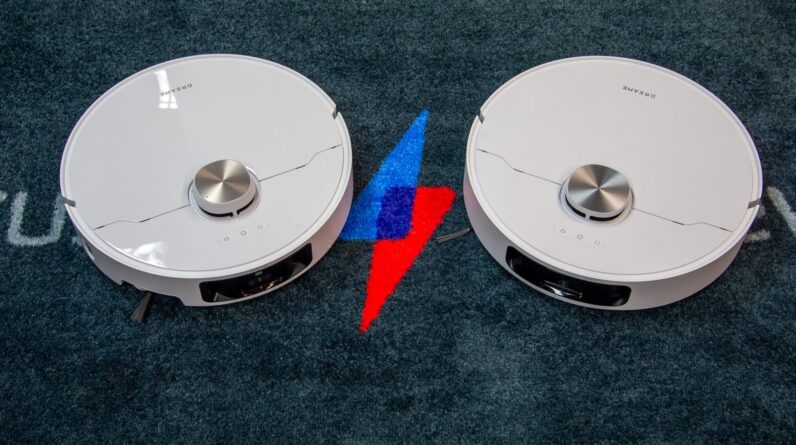
Apple has revealed the new iPad mini 7, but how does it compare to the iPad Air 6 that launched earlier this year?
While some similarities – like the difference in screen size – are obvious, there are more nuanced differences between Apple’s two tablet collections, including elements like processing power and even accessory support, that might sway your decision one way or the other.
We’ve yet to go hands-on with the iPad mini 7, but we’ve spent a lot of time with the iPad Air 6, and here’s how the two compare on paper ahead of our in-depth comparison once we’ve reviewed the small-screen tablet.
Pricing & availability
The iPad mini 7 is the more affordable of the two tablets, coming in at £499/$499 with 128GB of storage. It’s available to pre-order now ahead of release on 23 October 2024.
The iPad Air 6, on the other hand, starts at either £599/$599 or £799/$799 depending on whether you opt for the 11- or 13-inch model. It’s readily available to buy from retailers right now, following release in May 2024.
The iPad Air 6 is available in two screen sizes
The biggest difference between the latest iPad mini and iPad Air is screen size. As the name suggests, the iPad mini comes with the smallest screen in the iPad collection, measuring in at 8.3 inches. This also makes it the most easily portable tablet in Apple’s collection, with a chassis small enough to use one-handed and slip into a bag or even a large pocket.
The iPad Air 6, on the other hand, comes in two screen sizes; 11 inches and 13 inches. That’s the same configuration as the top-end iPad Pro, as the iPad Air looks to bridge the gap between the regular and Pro-level iPads, though without the same truly high-end tech.


Interestingly, despite the difference in screen size, the iPad mini and iPad Air share a very similar resolution. That means that, despite being larger, the iPad mini boasts a more pixel-dense display at 327ppi compared to 264ppi from both the 11- and 13-inch variants of iPad Air.
The iPad Air 6 is more powerful
The iPad mini 7 sports the same Apple A17 Pro chipset as last year’s flagship iPhone, the iPhone 15 Pro Max, boasting a big improvement on the A15 Bionic in the previous generation of small-screen iPad.
However, that pales in comparison to the latest generation of iPad Air, which sports the Apple M2 chipset. That’s Apple’s desktop chipset found in the likes of the MacBook Air, and with that comes truly impressive levels of performance that leaves most other tablets – except the M4 of the iPad Pro range – in the dust.
That makes the iPad Air 6 the more capable of the two tablets, hands-down, and it offers exclusive functionality like the ability to power additional displays via USB-C as a result.
Both offer Apple Intelligence smarts
Despite the iPad Air being wholly more powerful than the iPad mini, both offer support for Apple Intelligence, coming as an update to iPadOS 18 in the near future.
While not all Apple Intelligence features will appear on the tablets with the rollout of iPadOS 18.1, it will include an initial set of features including the ability to rewrite texts and emails, summarise chunks of texts and even webpages, remove distractions in images using the Clean Up tool and even generate summaries for incoming notifications.


The more powerful features, like Image Playground, Genmoji and the much-anticipated upgrade to Siri smarts, are due for release in the coming months.
Oh, and it’s worth noting that Apple Intelligence is coming to the US first, with other regions including the UK getting support in the coming months. That said, you’ll be able to access it in the UK if you change your region and language to English (US) ahead of its UK release later this year.
Both offer Apple Pencil Pro support, but only one works with the Magic Keyboard
Both the new iPad mini 7 and iPad Air 6 offer support for Apple’s top-end stylus, the Apple Pencil Pro.
The upgraded stylus offers new squeeze detection tech that lets you bring up a palette to quickly change brush, line size and colour in your note-taking and drawing apps, while a gyroscope allows the Pencil to detect rotation for the first time.
This essentially allows you to roll the barrel when writing and drawing to change the rotation of the on-screen brush, bringing it more in line with the pen-and-paper experience.
The iPad Air 6 also boasts compatibility with the top-end Magic Keyboard, which essentially turns the tablet into something resembling a traditional laptop, complete with a large glass trackpad and adjustable hinge. This massively boosts the capabilities of the iPad Air, making it a great companion for university or work.
However, the same can’t be said for the iPad mini 7. It’s still compatible with a range of third-party keyboard cases, but you won’t find a mini version of Apple’s Magic Keyboard for the tablet.






